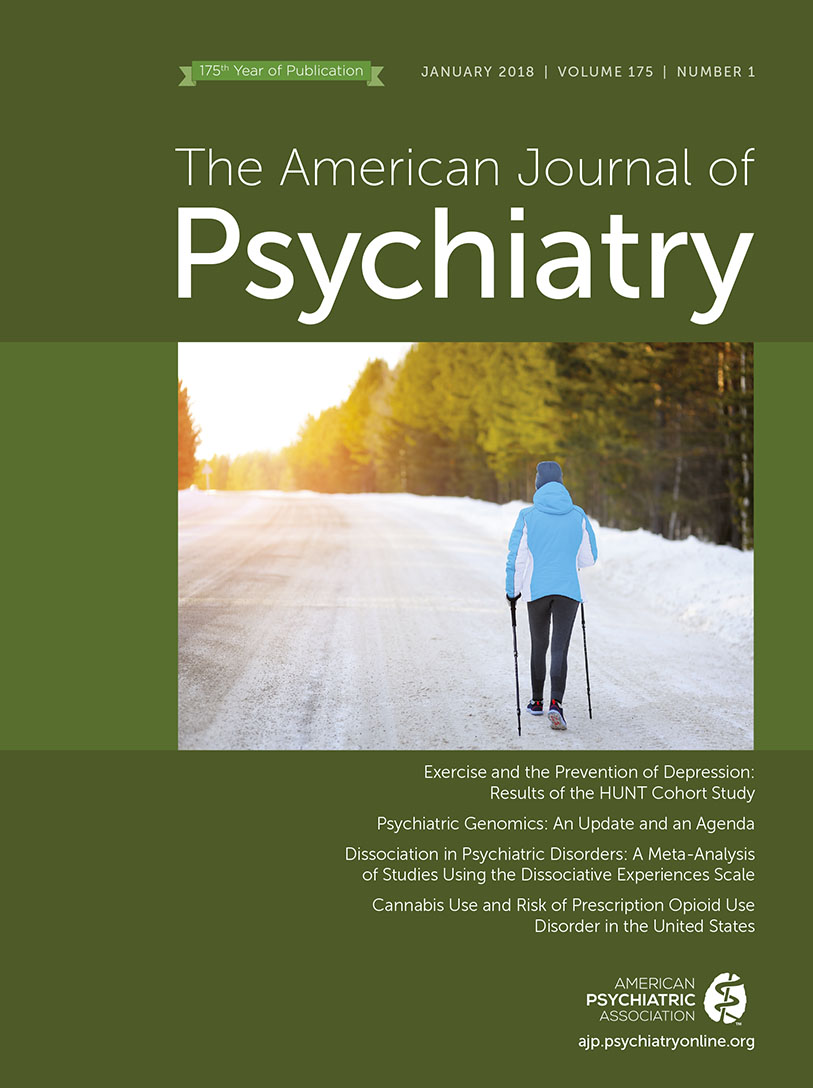Abstract
Objective:
The authors sought to determine whether cannabis use is associated with a change in the risk of incident nonmedical prescription opioid use and opioid use disorder at 3-year follow-up.
Method:
The authors used logistic regression models to assess prospective associations between cannabis use at wave 1 (2001–2002) and nonmedical prescription opioid use and prescription opioid use disorder at wave 2 (2004–2005) of the National Epidemiologic Survey on Alcohol and Related Conditions. Corresponding analyses were performed among adults with moderate or more severe pain and with nonmedical opioid use at wave 1. Cannabis and prescription opioid use were measured with a structured interview (the Alcohol Use Disorder and Associated Disabilities Interview Schedule–DSM-IV version). Other covariates included age, sex, race/ethnicity, anxiety or mood disorders, family history of drug, alcohol, and behavioral problems, and, in opioid use disorder analyses, nonmedical opioid use.
Results:
In logistic regression models, cannabis use at wave 1 was associated with increased incident nonmedical prescription opioid use (odds ratio=5.78, 95% CI=4.23–7.90) and opioid use disorder (odds ratio=7.76, 95% CI=4.95–12.16) at wave 2. These associations remained significant after adjustment for background characteristics (nonmedical opioid use: adjusted odds ratio=2.62, 95% CI=1.86–3.69; opioid use disorder: adjusted odds ratio=2.18, 95% CI=1.14–4.14). Among adults with pain at wave 1, cannabis use was also associated with increased incident nonmedical opioid use (adjusted odds ratio=2.99, 95% CI=1.63–5.47) at wave 2; it was also associated with increased incident prescription opioid use disorder, although the association fell short of significance (adjusted odds ratio=2.14, 95% CI=0.95–4.83). Among adults with nonmedical opioid use at wave 1, cannabis use was also associated with an increase in nonmedical opioid use (adjusted odds ratio=3.13, 95% CI=1.19–8.23).
Conclusions:
Cannabis use appears to increase rather than decrease the risk of developing nonmedical prescription opioid use and opioid use disorder.



